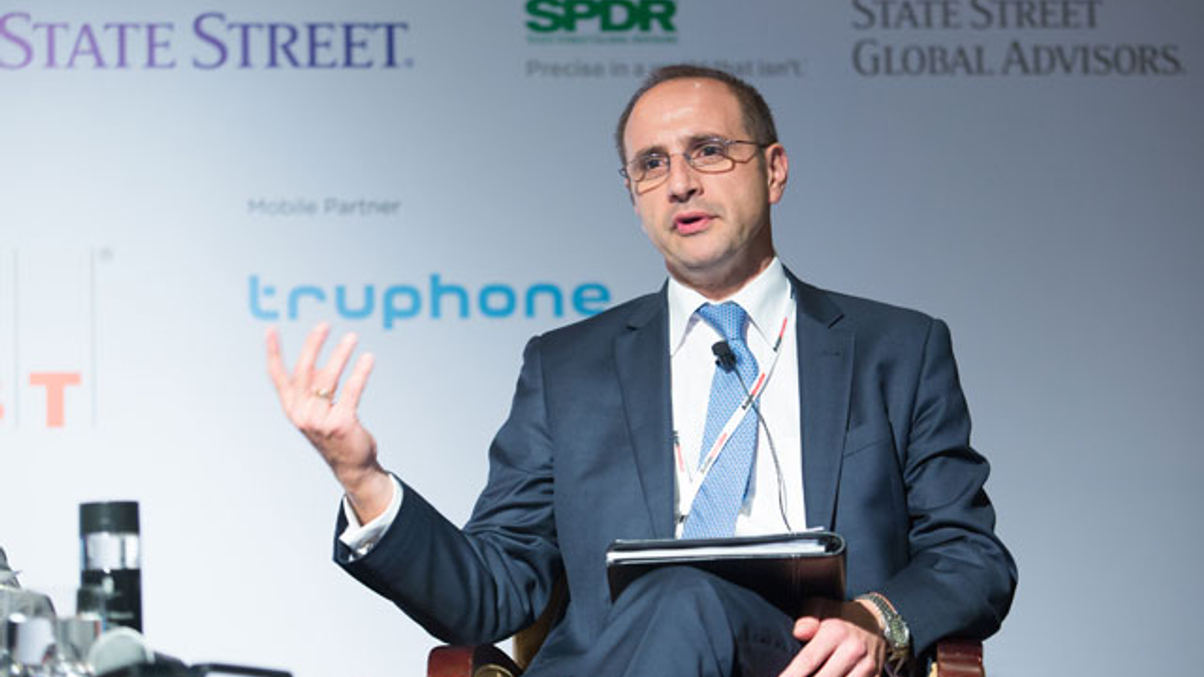Investor trust, not flows, will drive passport success: Khoury
Whether regulators can reduce fund failures quickly to inspire confidence is more important to the success of Asia's fund passport initiatives than flows or the number of participants, says Paul Khoury of State Street.

Instilling investor confidence will dictate the success of Asia’s pending fund passport schemes, more than asset flows or number of participants, argues Paul Khoury of State Street.
Sign in to read on!
Registered users get 2 free articles in 30 days.
Subscribers have full unlimited access to AsianInvestor
Not signed up? New users get 2 free articles per month, plus a 7-day unlimited free trial.
¬ Haymarket Media Limited. All rights reserved.


